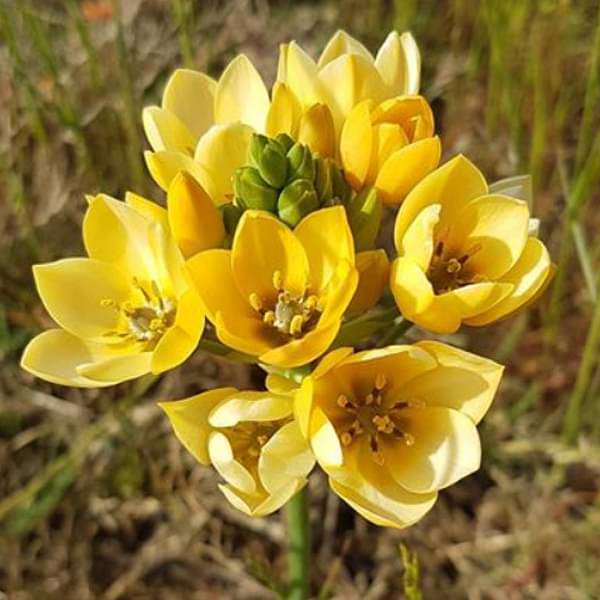
Chincherinchee, Ornithogalum (Yellow) -Bulbs
(MRP Inclusive of all taxes)
- Shipping ₹79 for entire order
- Dispatch in 7 days
- Country of origin: India

(MRP Inclusive of all taxes)
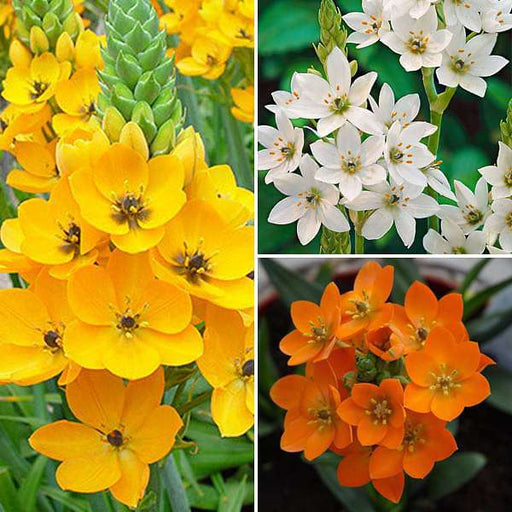 Sold out
Sold out
Chincherinchee, Ornithogalum (Random Colors) - Bulbs Discover the enchanting beauty of Chincherinchee, scientifically known as Ornithogalu...
View full details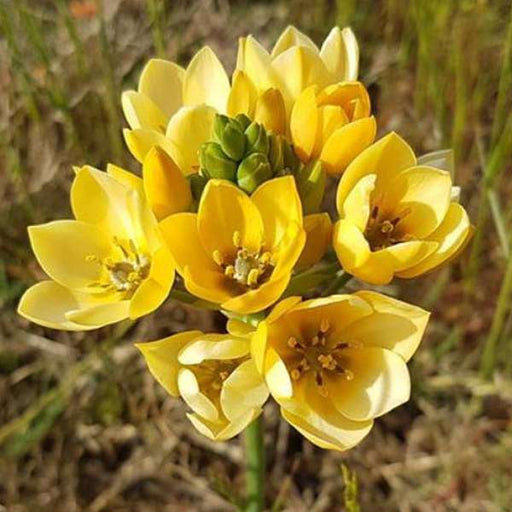 Sold out
Sold out
Chincherinchee, Ornithogalum (Yellow) - Bulbs The Chincherinchee, scientifically known as Ornithogalum thyrsoides, is a stunning perennial...
View full details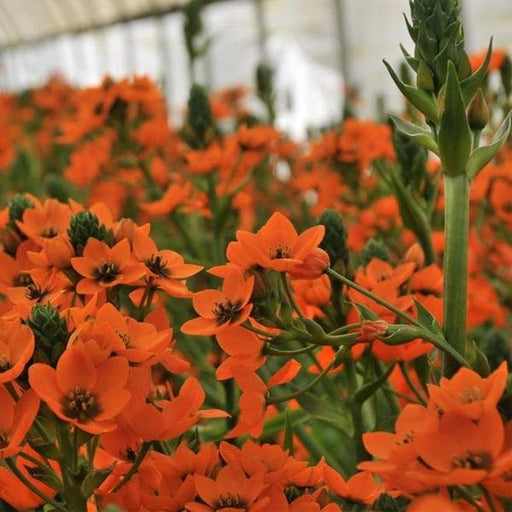 Sold out
Sold out
Chincherinchee, Ornithogalum (Orange) - Bulbs The Chincherinchee, scientifically known as Ornithogalum, is a stunning flowering bulb that ...
View full details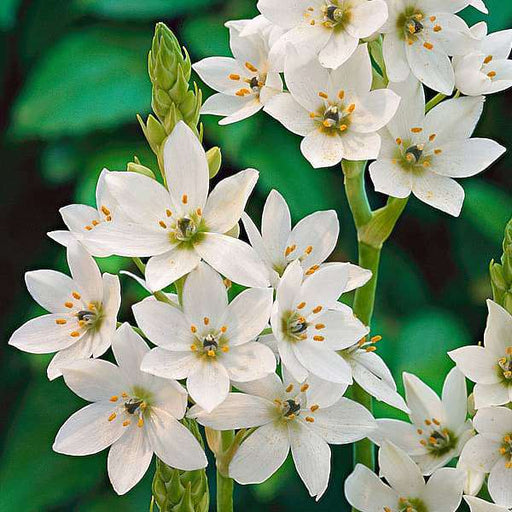 Sold out
Sold out
Chincherinchee, Ornithogalum (White) - Bulbs (Set of 5) Transform your garden into a stunning floral display with our Chincherinchee, Orni...
View full details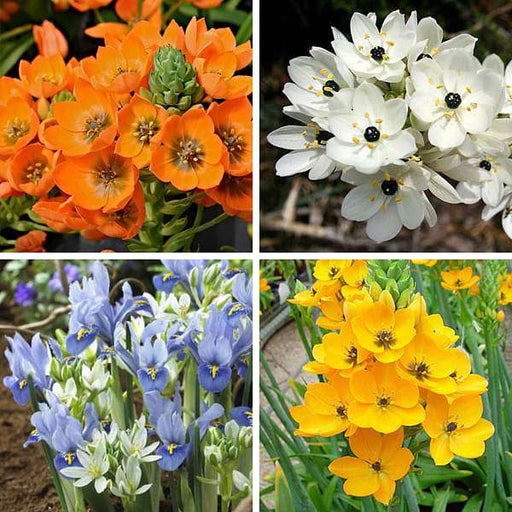 Sold out
Sold out
Chincherinchee Praxis (Random Color) - Bulbs (Set of 5) Discover the enchanting beauty of Chincherinchee Praxis bulbs, a delightful additi...
View full details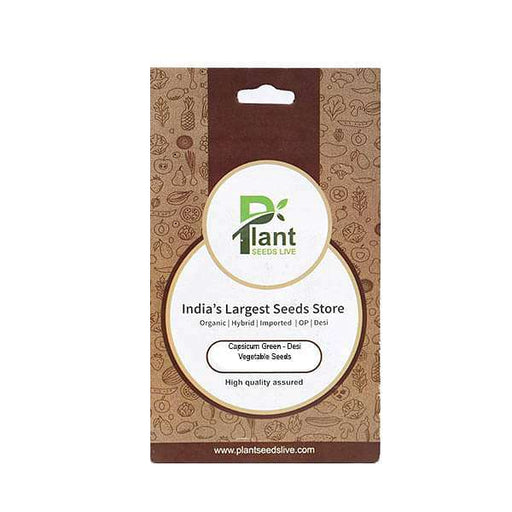
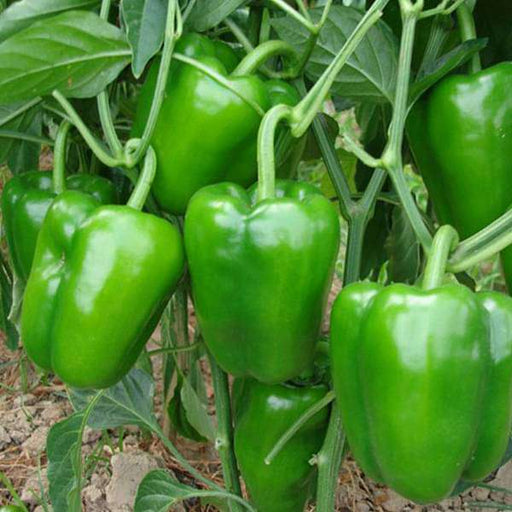 Save 25%
Save 25%
Capsicum Green - Desi Vegetable Seeds Capsicum Green, also known as bell pepper, is a vibrant and nutritious addition to your garden. Thes...
View full details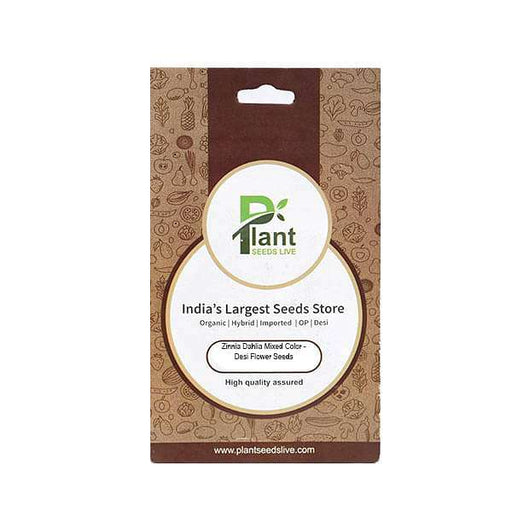
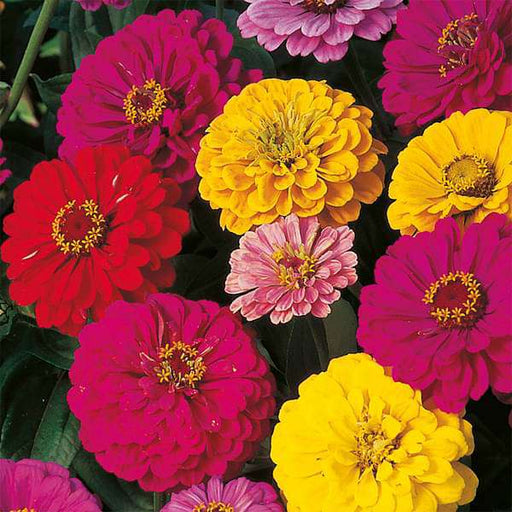 Save 25%
Save 25%
Zinnia Dahlia Mixed Color - Desi Flower Seeds Transform your garden into a vibrant tapestry of colors with our Zinnia Dahlia Mixed Color -...
View full details
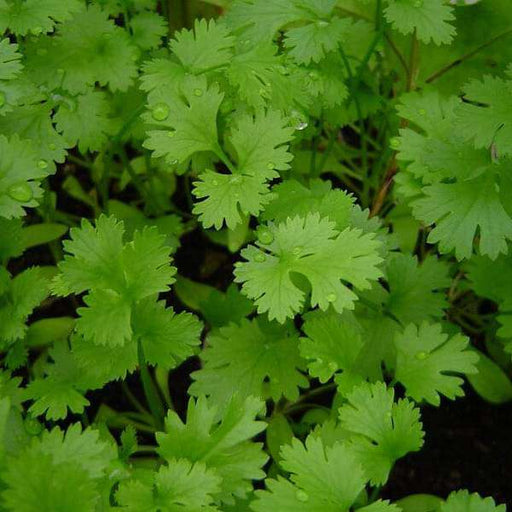 Save 25%
Save 25%
Coriander Panipat - Desi Vegetable Seeds Coriander Panipat is a premium variety of coriander seeds, cherished for its aromatic leaves and ...
View full details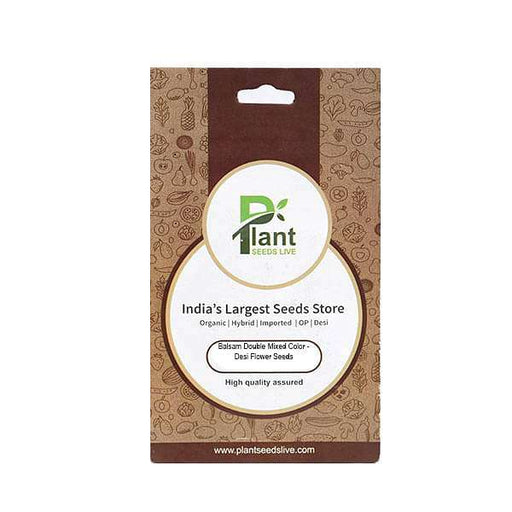
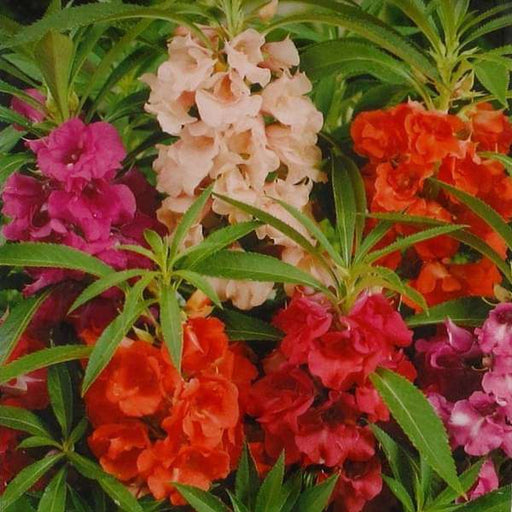 Save 25%
Save 25%
Balsam Double Mixed Color - Desi Flower Seeds Discover the vibrant beauty of Balsam Double Mixed Color - Desi Flower Seeds, a delightful a...
View full details
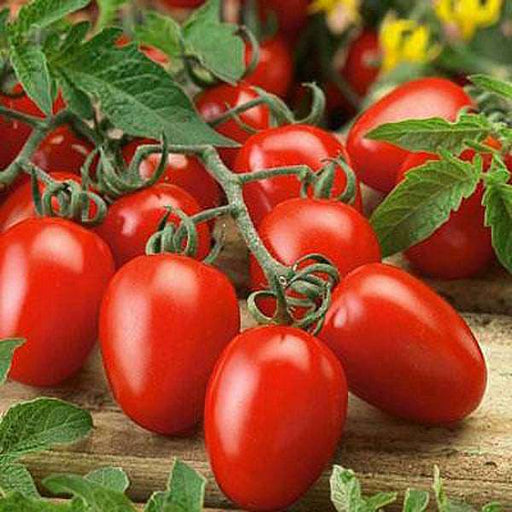 Save 25%
Save 25%
Tomato Pusa Ruby - Desi Vegetable Seeds The Tomato Pusa Ruby is a premium variety of tomato seeds, renowned for its vibrant red color, jui...
View full details
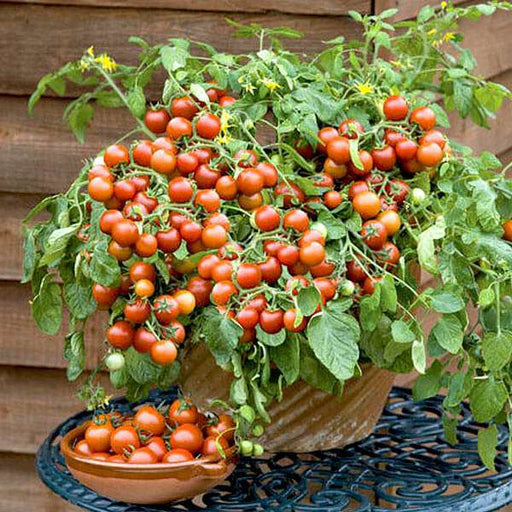 Save 25%
Save 25%
Cherry Tomato, Cherry Tomato Honey - Vegetable Seeds Discover the delightful world of Cherry Tomato Honey seeds, perfect for home gardener...
View full details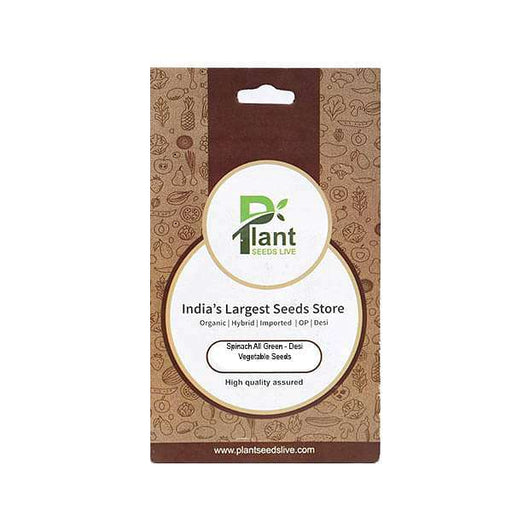
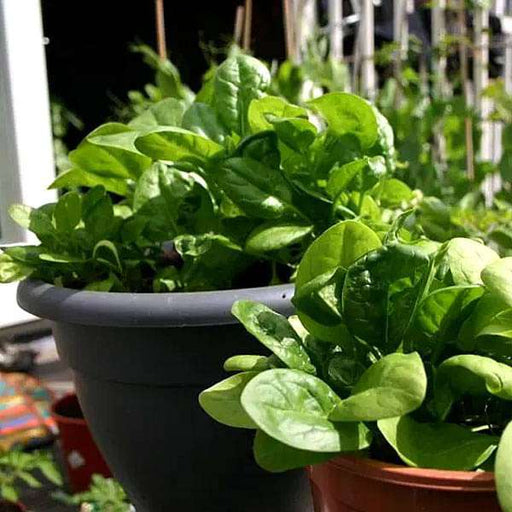 Save 25%
Save 25%
Spinach All Green - Desi Vegetable Seeds Introducing the Spinach All Green - Desi Vegetable Seeds, a premium variety of spinach that thriv...
View full details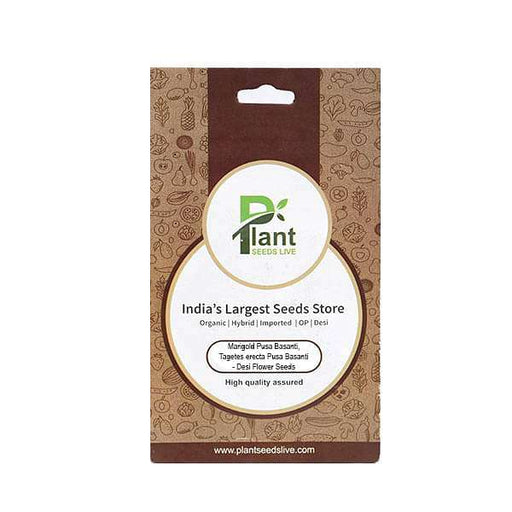
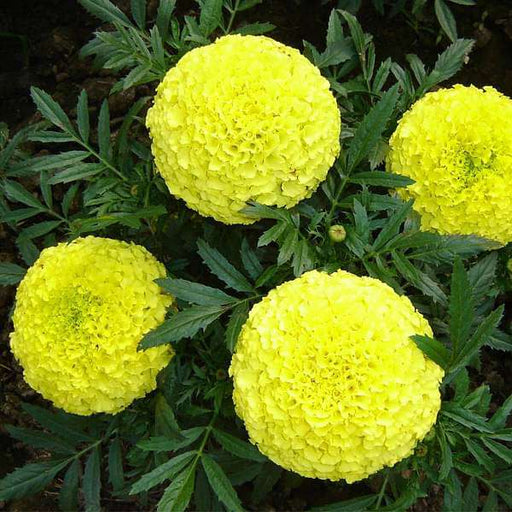 Save 25%
Save 25%
Marigold Pusa Basanti - Desi Flower Seeds Discover the vibrant beauty of Marigold Pusa Basanti, a cherished flower in Indian gardens. Know...
View full details
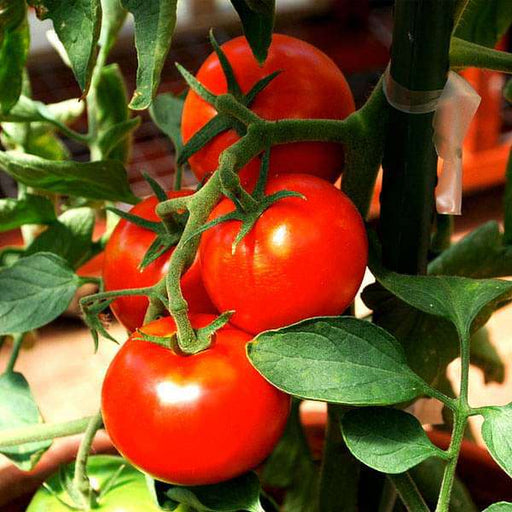 Save 25%
Save 25%
Tomato Ped - Desi Vegetable Seeds Introducing the Tomato Ped - Desi Vegetable Seeds, a premium selection of heirloom tomato seeds that pro...
View full details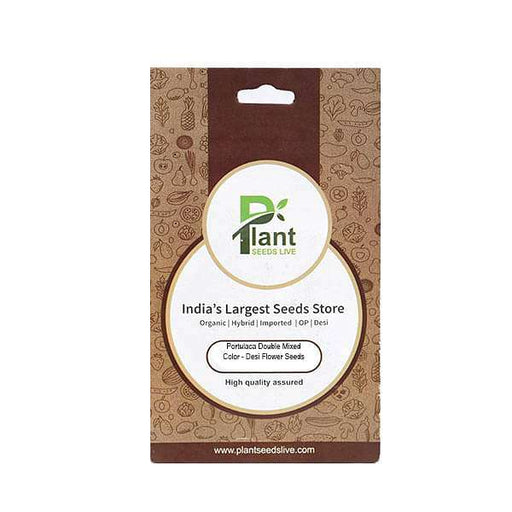
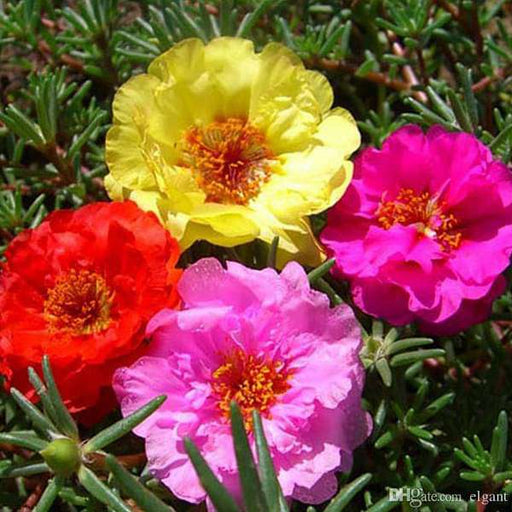 Save 25%
Save 25%
Portulaca Double Mixed Color - Desi Flower Seeds Discover the vibrant beauty of Portulaca Double Mixed Color, a stunning collection of Des...
View full details
 Save 35%
Save 35%
Best 6 Plants for Perfect Indoor Garden Transform your living space into a lush oasis with our curated collection of the Best 6 Plants for a...
View full details
 Save up to 50%
Save up to 50%
Mini Succulent Garden Pack Transform your space with our Mini Succulent Garden Pack, featuring a delightful collection of 4 any variety beautiful s...
View full details
 Save 30%
Save 30%
5 Best Fragrant Plants Transform your garden or indoor space into a fragrant paradise with our curated selection of the 5 Best Fragrant Plants. Th...
View full details
 Save 24%
Save 24%
Set of 2 Bonsai Looking Grafted Adeniums Transform your indoor or outdoor space with our exquisite Set of 2 Bonsai Looking Grafted Adenium...
View full details Save 45%
Save 45%
Top 4 Die Hard Succulents Pack Transform your indoor or outdoor space with our Top 4 Die Hard Succulents Pack, featuring a curated selecti...
View full details
 Save 30%
Save 30%
5 Best Indoor Plants Pack Transform your living space into a lush oasis with our '5 Best Indoor Plants Pack.' This carefully curated collection fe...
View full details
 Save 25%
Save 25%
Set of 4 Evergreen Air Purifier Plant Pack Transform your indoor space into a lush, green oasis with our Set of 4 Evergreen Air Purifier Pla...
View full details| SrNo | Item Name | Qty |
|---|---|---|
| 1 | Chincherinchee, Ornithogalum (Yellow) -Bulbs | 3 |
The Chincherinchee, scientifically known as Ornithogalum thyrsoides, is a stunning perennial bulb that brings a burst of sunshine to any garden. With its vibrant yellow flowers, this plant blooms in late spring to early summer, creating a striking display that attracts pollinators. Native to South Africa, these bulbs are not only beautiful but also hardy, making them a favorite among gardeners looking to add a touch of elegance to their landscapes.
What makes Chincherinchee special is its unique star-shaped flowers that grow in dense clusters, resembling a bouquet on a single stem. This plant is often used in floral arrangements due to its long-lasting blooms and delightful fragrance. Additionally, it thrives in various soil types, making it adaptable to different gardening conditions.
Special features of the Chincherinchee include its drought tolerance and ability to naturalize in gardens, providing a low-maintenance option for busy gardeners. Its striking appearance and resilience make it a perfect choice for both novice and experienced horticulturists.
Chincherinchee contributes positively to the environment by supporting local pollinators and enhancing biodiversity. Its drought-resistant nature makes it an excellent choice for sustainable gardening practices, reducing the need for excessive watering and maintenance.
If you think caring for a plant is as easy as watering your houseplant, think again! Chincherinchee, with its vibrant yellow blooms, requires a bit of finesse. These bulbs thrive in well-drained soil and love a sunny spot. Just remember, overwatering is their nemesis! Treat them like royalty, and they’ll reward you with a floral display that’ll make your neighbors green with envy.
Ornithogalum is not just a one-hit wonder! This genus boasts a variety of species, each with its own charm. From the classic Chincherinchee to the lesser-known Star of Bethlehem, these bulbs are the life of the garden party. Explore the different varieties and find the one that tickles your fancy—because who doesn’t want a garden that’s as diverse as their playlist?
Yellow flowers are like the sun’s cheerful smile in your garden. They symbolize joy, friendship, and new beginnings. Planting Chincherinchee not only brightens your landscape but also sends a message of positivity to anyone who passes by. So, if you’re looking to spread some sunshine, these yellow beauties are your go-to!
Planting bulbs is like setting the stage for a grand performance. Timing is everything! For Chincherinchee, fall is the prime time to plant. Dig a hole, toss in the bulb, cover it up, and let nature do its thing. Just remember to give them enough space to strut their stuff when they bloom. It’s a show you won’t want to miss!
Incorporating Chincherinchee into your garden design is like adding a splash of mustard to a hot dog—unexpected yet delightful! These bulbs pair beautifully with other perennials and can create stunning borders or focal points. Mix them with contrasting colors for a visual feast that’ll have your garden looking like a masterpiece.
If you’re tired of playing the watering game, Chincherinchee is your new best friend. These bulbs are drought-tolerant once established, making them perfect for those lazy summer days when you’d rather sip lemonade than lug around a watering can. Plant them, forget them, and enjoy the show!
Want to throw a garden party for bees and butterflies? Chincherinchee is the VIP guest they can’t resist! These yellow blooms attract pollinators, making your garden a buzzing hub of activity. So, plant these beauties and watch as nature’s little helpers flock to your floral fiesta.
Chincherinchee is like the garden’s version of a seasonal blockbuster. Blooming in late spring to early summer, these bulbs bring a burst of color just when you need it. They’re the perfect way to kick off the gardening season, ensuring your outdoor space is the talk of the town.
Chincherinchee is a bit of a diva when it comes to soil. They prefer well-drained, sandy loam that allows their roots to breathe. If your garden soil is too heavy, consider amending it with compost or sand. After all, every diva deserves a luxurious bed to rest on!
Pairing Chincherinchee with the right companions can elevate your garden game. Think of them as the social butterflies of your plant community. They thrive alongside other drought-tolerant plants and can create a harmonious blend of colors and textures. It’s all about finding the right friends for a flourishing garden!
Fertilizing is like giving your plants a little pick-me-up. For Chincherinchee, a balanced fertilizer in early spring will do wonders. Just don’t overdo it—too much of a good thing can lead to a leafy mess instead of those stunning blooms. A little goes a long way in the world of bulb care!
Chincherinchee, or Ornithogalum, is a dazzling yellow bulb that brings sunshine to your garden. These charming blooms are not just pretty faces; they’re hardy and easy to grow, making them the perfect addition for both novice and seasoned gardeners. Who wouldn’t want a splash of yellow joy in their flower beds
Planting Chincherinchee bulbs is as easy as pie! Choose a sunny spot, dig a hole about 4-6 inches deep, and pop those bulbs in, pointy side up. Cover them with soil, give them a drink, and voilà! You’re on your way to a vibrant yellow display that’ll make your neighbors green with envy.
Chincherinchee bulbs are like the early birds of the garden world, blooming in late spring to early summer. With their cheerful yellow flowers, they’ll brighten up your landscape just when you need it most. So, get ready to enjoy a burst of sunshine right in your backyard!
Caring for Chincherinchee is a walk in the park! They love well-drained soil and a good dose of sunlight. Water them moderately, and let them dry out between drinks. Once they bloom, sit back and enjoy the show—just don’t forget to give them a little love in the fall!
Absolutely! Chincherinchee bulbs are the life of the container party. Just ensure your pot has drainage holes, fill it with quality potting mix, and plant those bulbs. They’ll thrive in pots, adding a pop of yellow to your patio or balcony. Who says you need a garden to enjoy these beauties
Yes, indeed! Chincherinchee bulbs are like the bouncers of the garden, keeping deer at bay. Their unique taste doesn’t appeal to these four-legged munchers, making them a smart choice for gardens in deer-prone areas. Plant them with confidence, and let the deer nibble on something else!
Chincherinchee bulbs are the gift that keeps on giving! Once planted, they can bloom for several years, returning each spring with their sunny disposition. With proper care, you’ll enjoy their vibrant flowers year after year, making them a delightful investment for your garden.
While Chincherinchee bulbs prefer the great outdoors, you can coax them to bloom indoors with the right conditions. Choose a bright spot, provide good drainage, and keep the temperature cozy. Just remember, they thrive on sunlight, so don’t let them get too cozy in the dark!
Chincherinchee bulbs are generally pest-resistant, but keep an eye out for pesky aphids or spider mites. If they crash the party, a gentle spray of water or insecticidal soap will send them packing. With a little vigilance, your yellow beauties will remain pest-free and fabulous!
Yes, you can! Dividing Chincherinchee bulbs is like giving them a family reunion. After a few years, when they’ve multiplied, dig them up in the fall, separate the bulbs, and replant them. This not only helps control overcrowding but also spreads the joy of yellow blooms throughout your garden!
The best time to plant Chincherinchee bulbs is in the fall, just before the frost sets in. This gives them a cozy winter nap underground, so they can burst forth in glorious yellow come spring. Timing is everything, and these bulbs know how to make an entrance!
Good news for pet lovers! Chincherinchee bulbs are not considered toxic to cats or dogs. However, it’s always wise to keep an eye on your furry friends, as they might still find the bulbs intriguing. Better safe than sorry when it comes to curious pets and garden treasures!